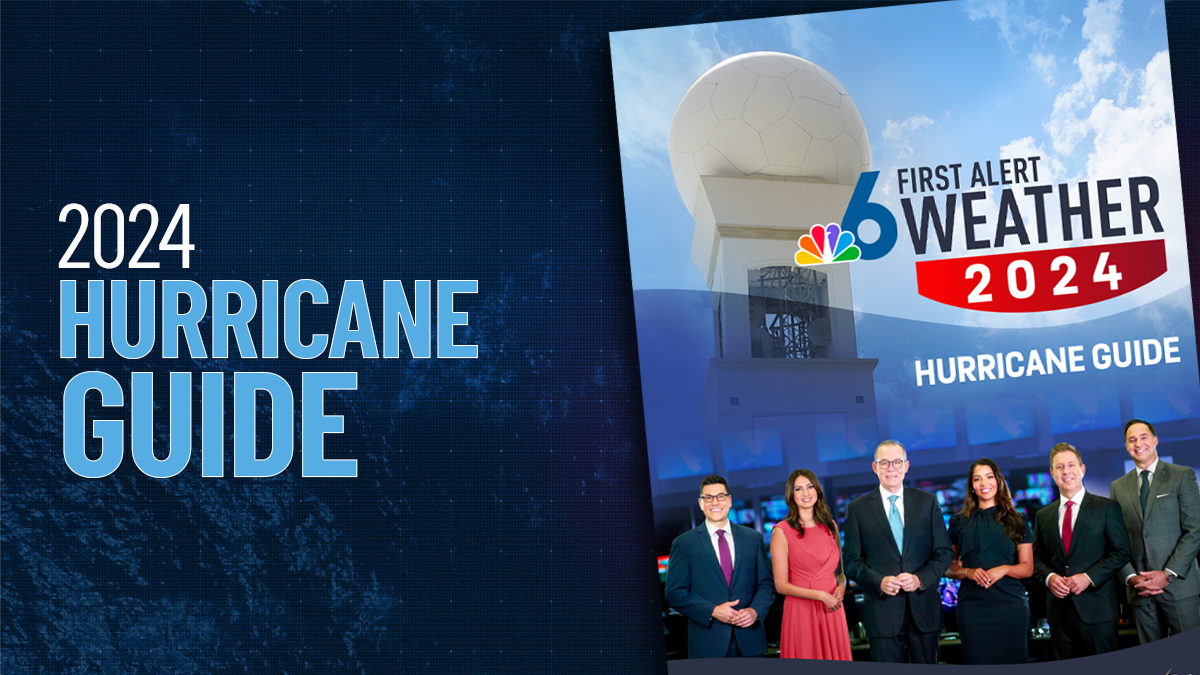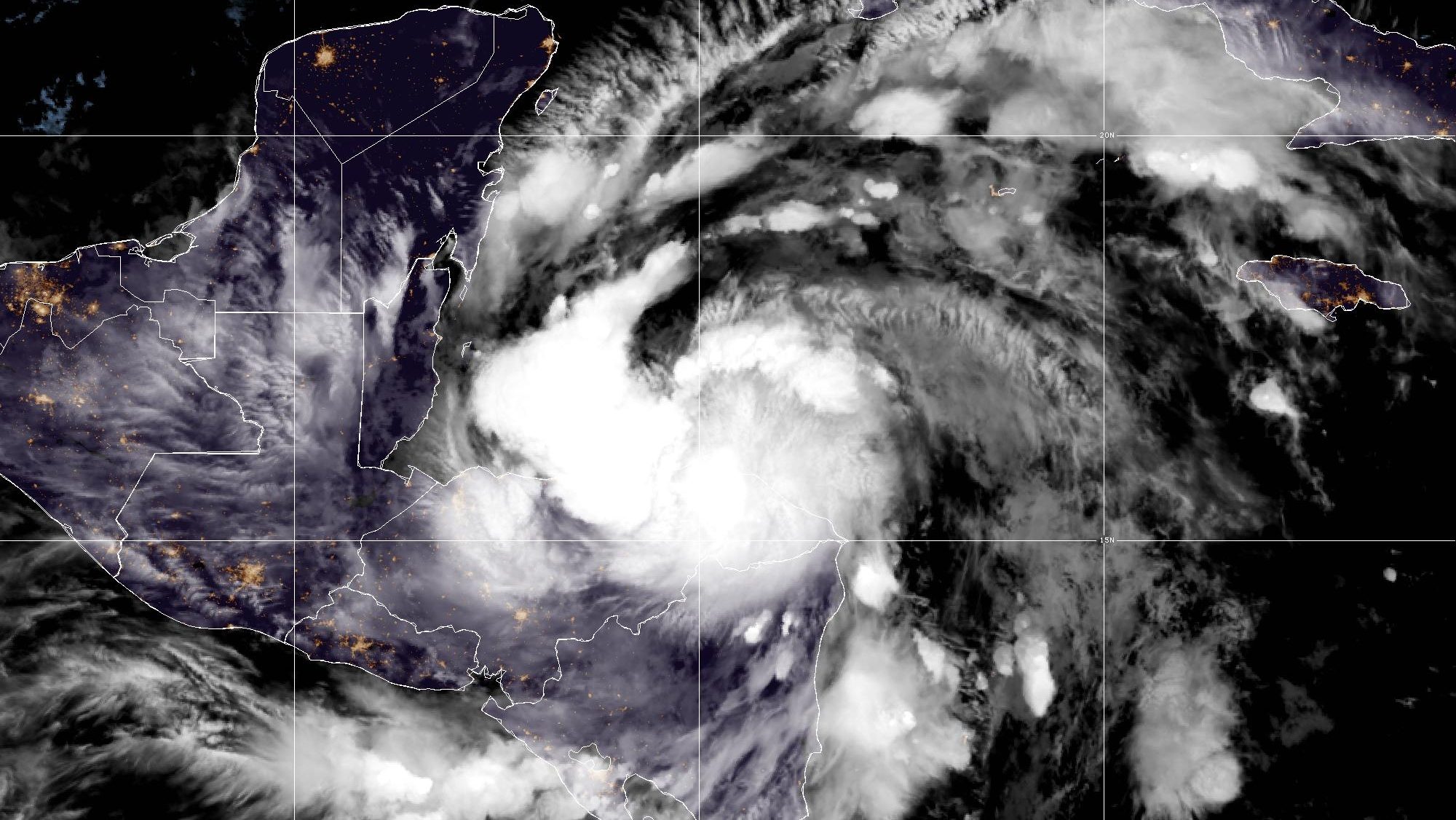Ocean temperatures made higher by human-caused climate change are fueling more intense hurricanes in the Atlantic.
A new study published in Environmental Research: Climate found that climate change increased the intensity for most Atlantic hurricanes between 2019 and 2023, and for every storm so far in 2024.
Watch NBC6 free wherever you are
To be specific, climate change caused the maximum wind speeds generated by roughly 80% of Atlantic Basin hurricanes from 2019 and 2023 to intensify by an average of 18 miles per hour, according to the peer-reviewed study. These hurricanes were fueled by sea surface temperatures made higher by human-caused global warming. Thirty hurricanes out of 38 in the study reached intensities roughly one category higher on the Saffir-Simpson Hurricane Wind Scale compared to their expected strength in an environment without influence of human-caused climate change.
The study identified three storms that strengthened into Category 5 (strongest) hurricanes because of climate change: Lorenzo (2019), Ian (2022), and Lee (2023).
Get local news you need to know to start your day with NBC 6's News Headlines newsletter.
Potential damages from winds associated with each storm category (1 to 5) increase by roughly four times with each jump in category, according to NOAA’s assessment of hurricane damage potential. But even smaller increases in wind speed, without a category change, can dramatically increase potential damage.

Another report expanded the methodology of the study to just the 2024 season. Findings show that maximum wind speeds for all 11 hurricanes to date in 2024 were increased by 9 to 28 miles per hour because of elevated sea surface temperatures caused by climate change. Because of the recency of the data, this Climate Central follow-up report just for the 2024 season has yet to be peer-reviewed.
Hurricane Season
The NBC 6 First Alert Weather team guides you through hurricane season
The analysis also identifies two additional storms – Beryl and Milton – whose development into Category 5 hurricanes would have been unlikely without the influence of climate change.
Hurricane Milton rapidly intensified by 120 miles per hour in less than 36 hours over waters whose temperatures were made 400-800 times more likely by climate change, according an analysis utilizing the Climate Shift Index: Ocean tool from Climate Central. Those record-setting temperatures — commonly more than 3℉ above normal — would be virtually impossible without the influence of carbon pollution.
Climate change was also found to be a key driver of the catastrophic impacts of Hurricane Helene earlier this year, according to a World Weather Attribution study. For example, the inland rains over Appalachia, including western North Carolina, were made about 70% more likely by climate change. Helene left behind the highest U.S. death toll from a hurricane since Katrina in 2005.
The frequency of hurricanes of Helene’s intensity in the area where it made landfall in Florida is expected to increase by about 150% in a warmer world, leading to return periods of once every 53 years instead of once every 130 years when the planet was 1.3 degrees Celsius cooler than today. The maximum windspeeds of similar storms in today’s climate are now about 14 miles per hour stronger than in the past.
Thankfully the 2024 season is almost over. The cold front that just crossed Florida is another reason to believe that we’re done with hurricane threats for the year.



